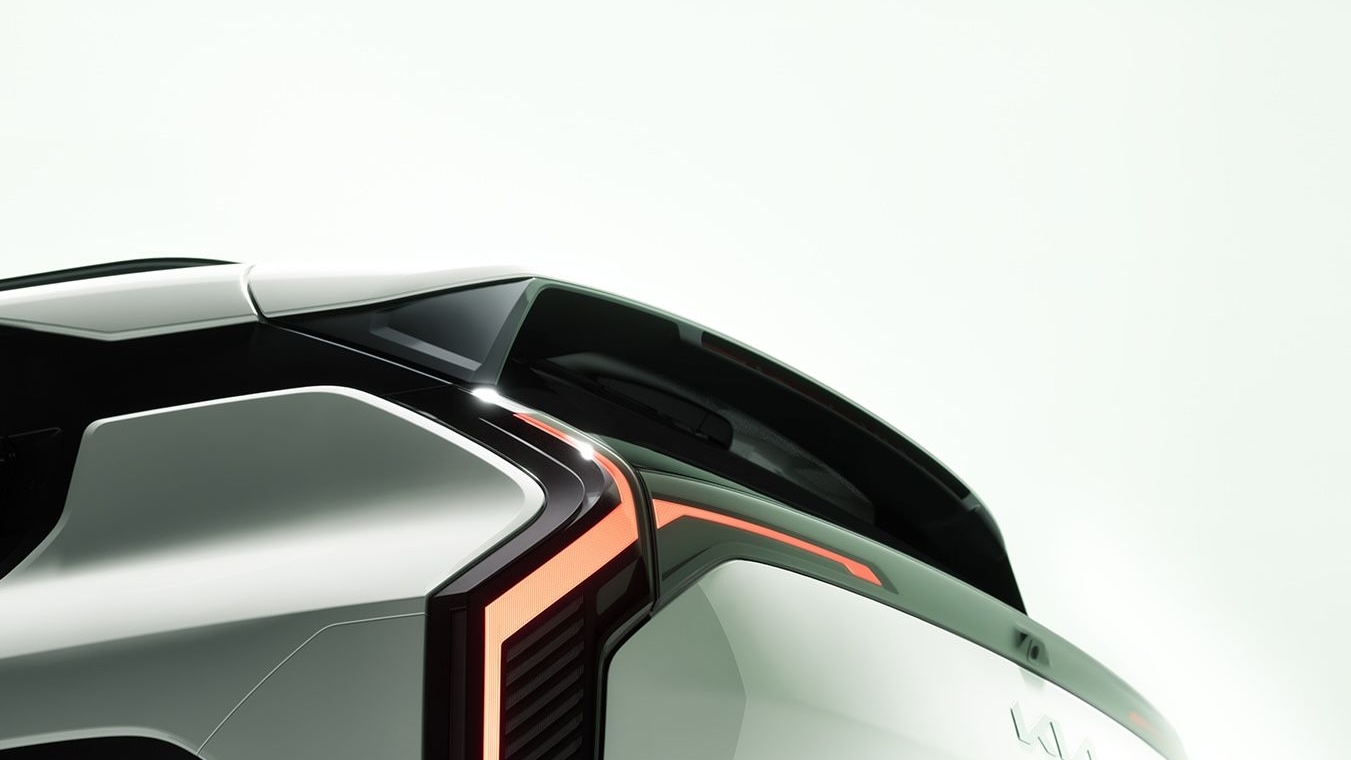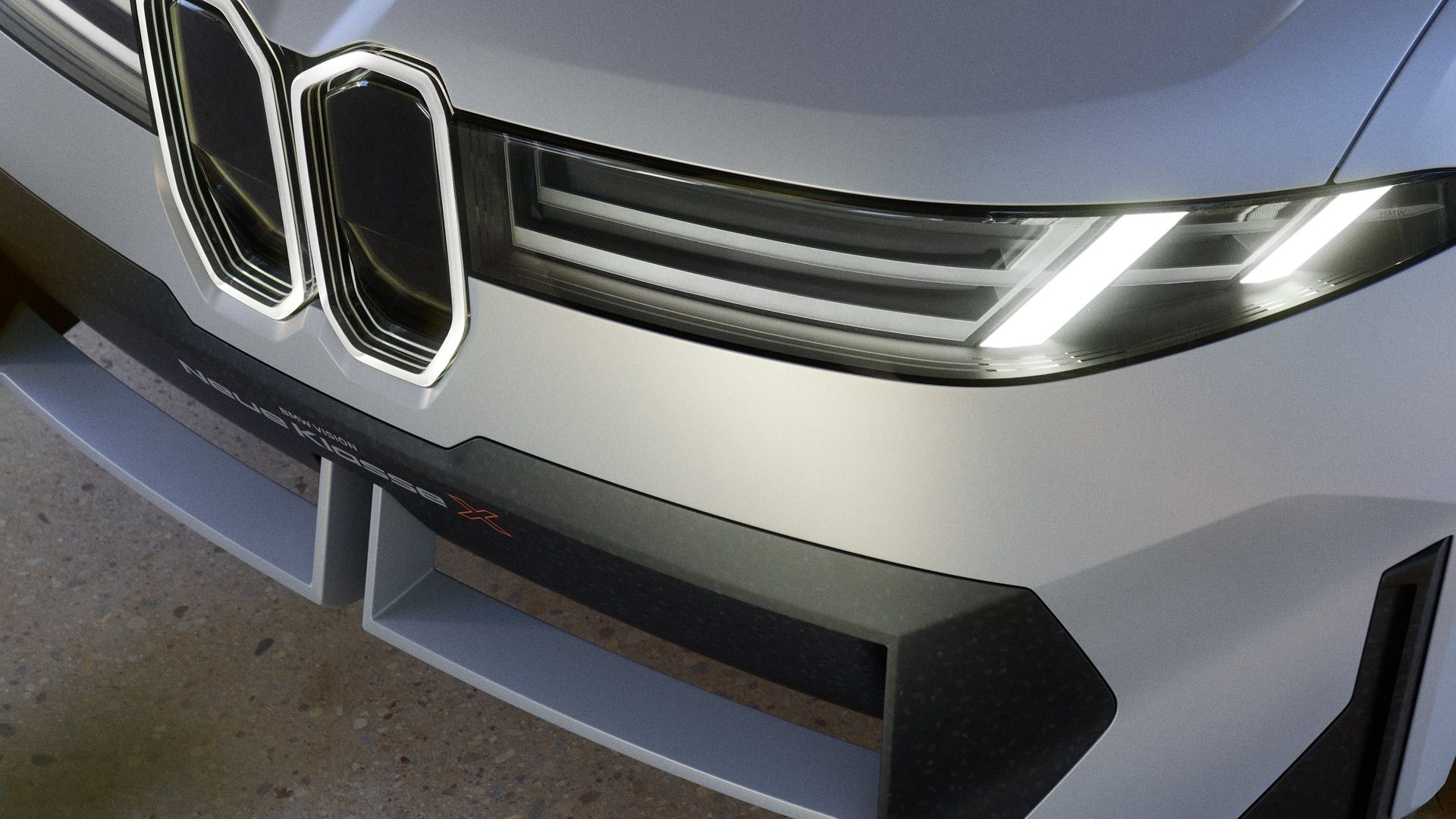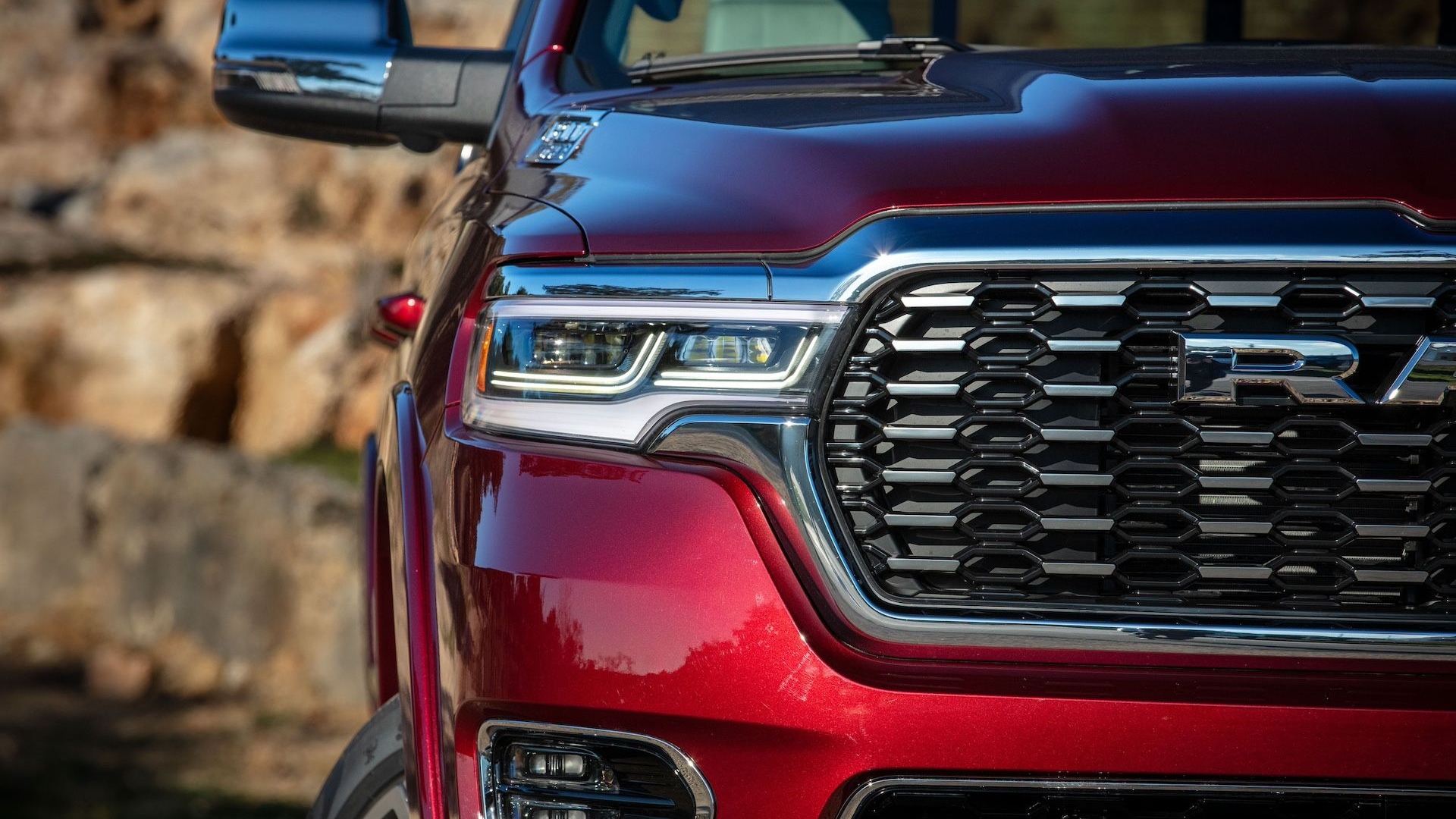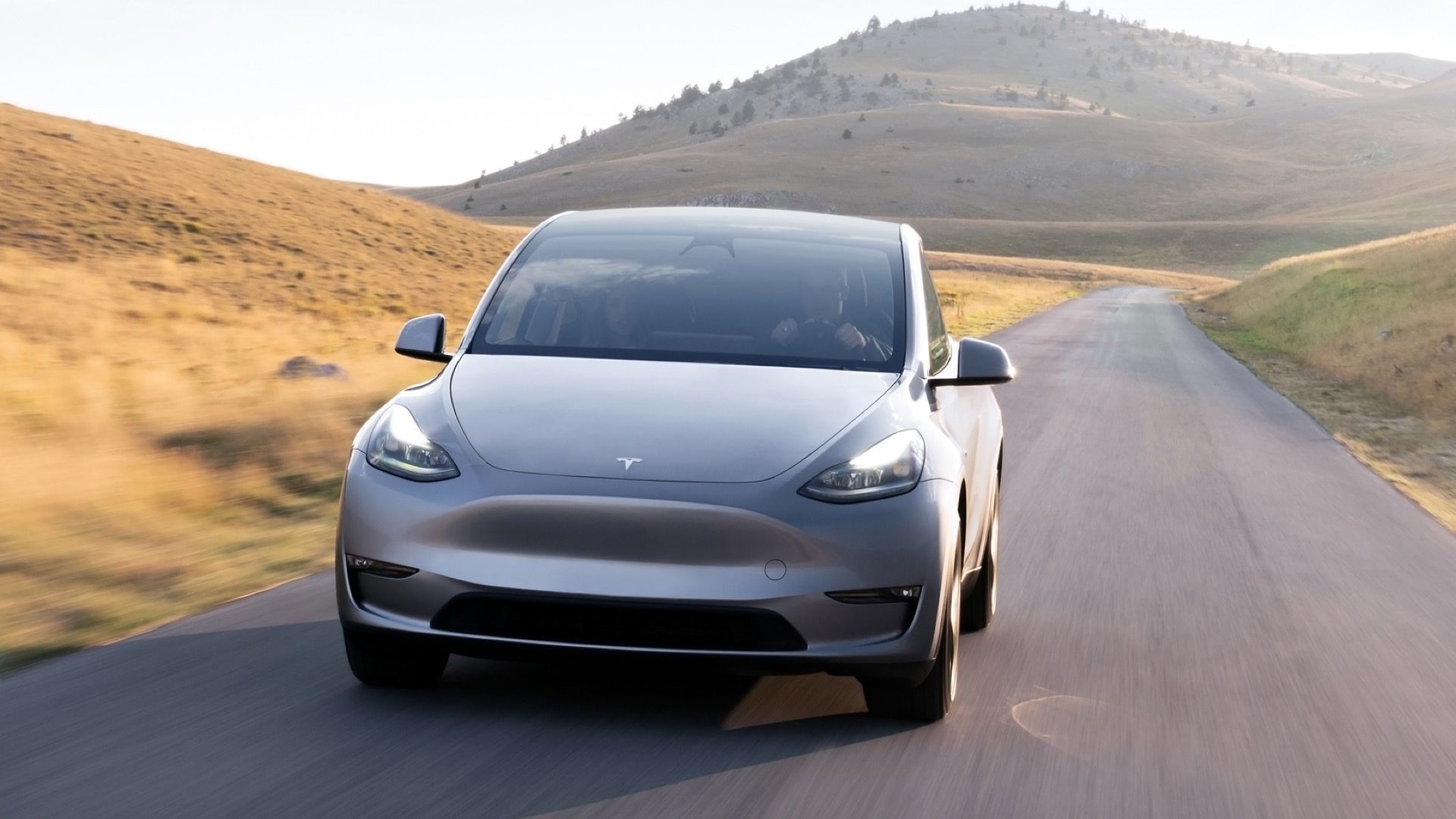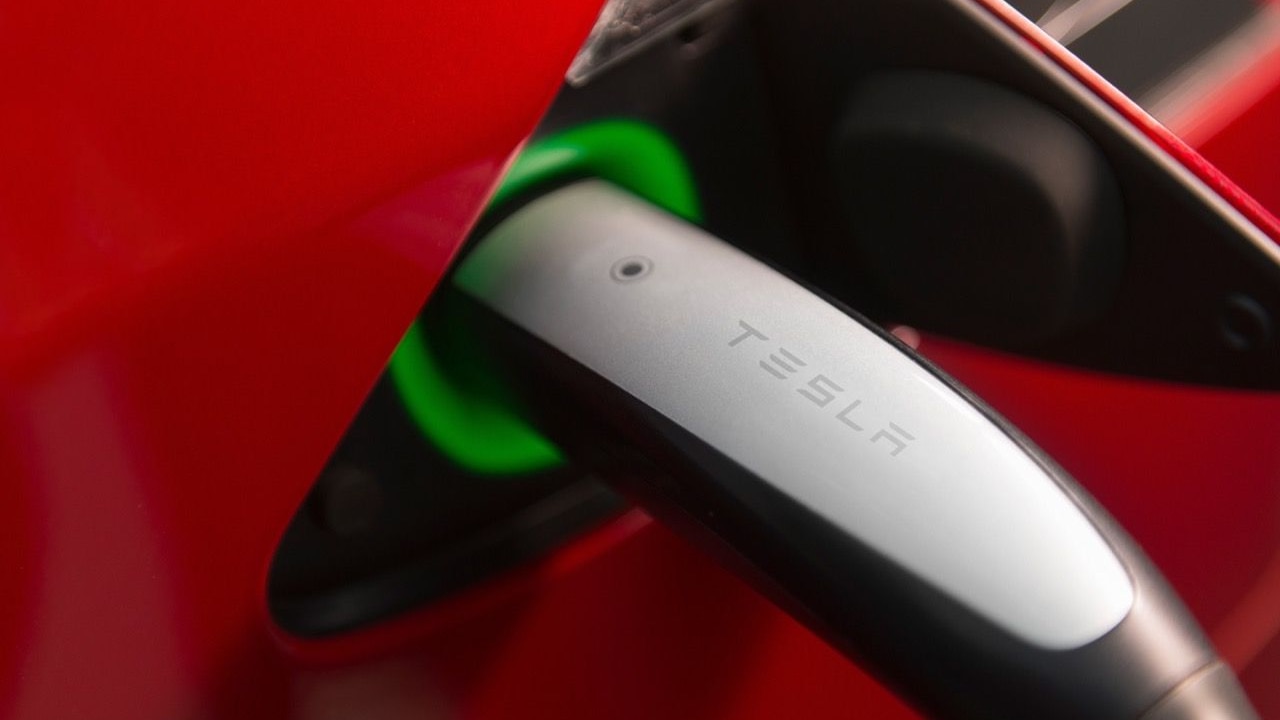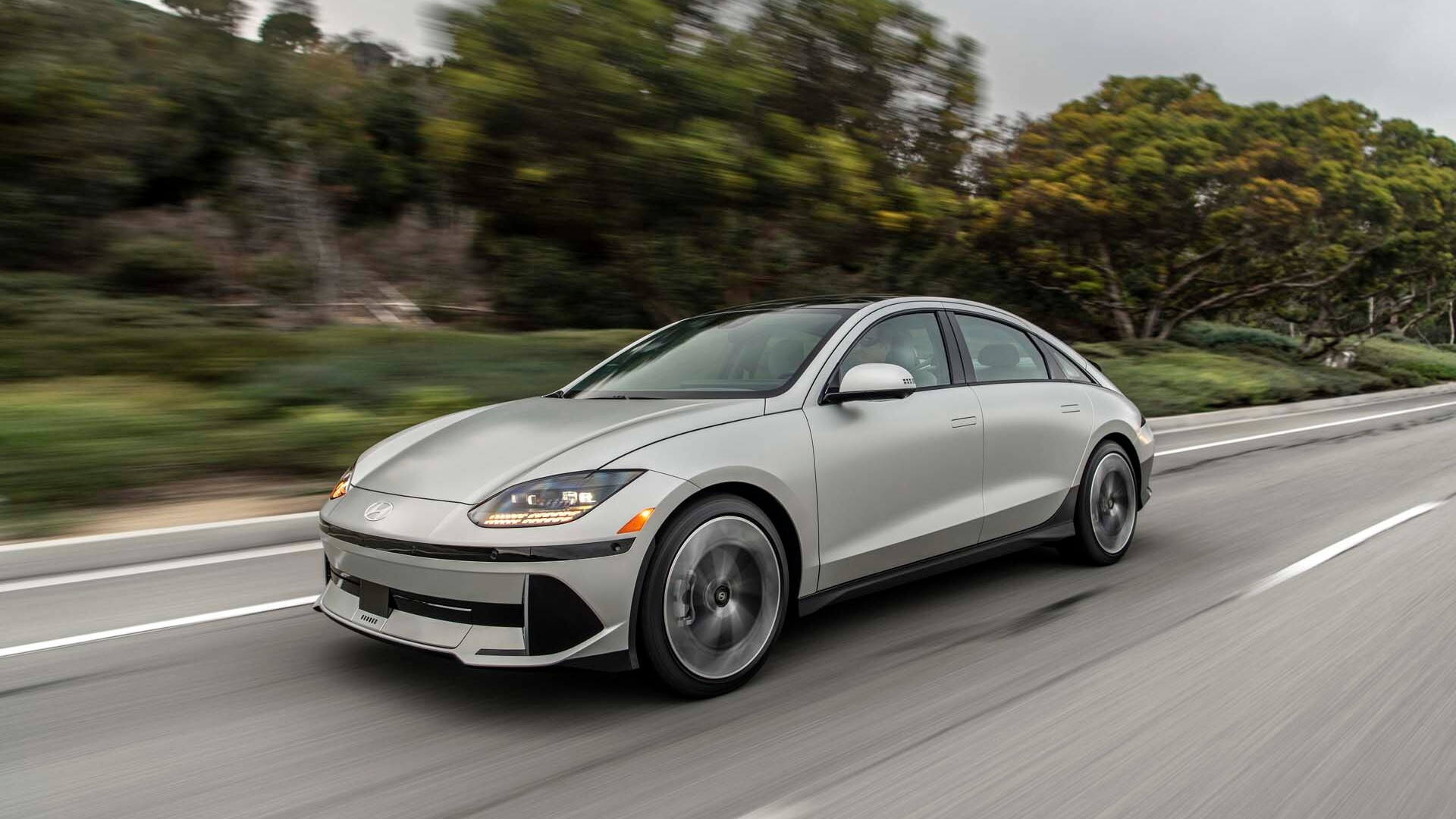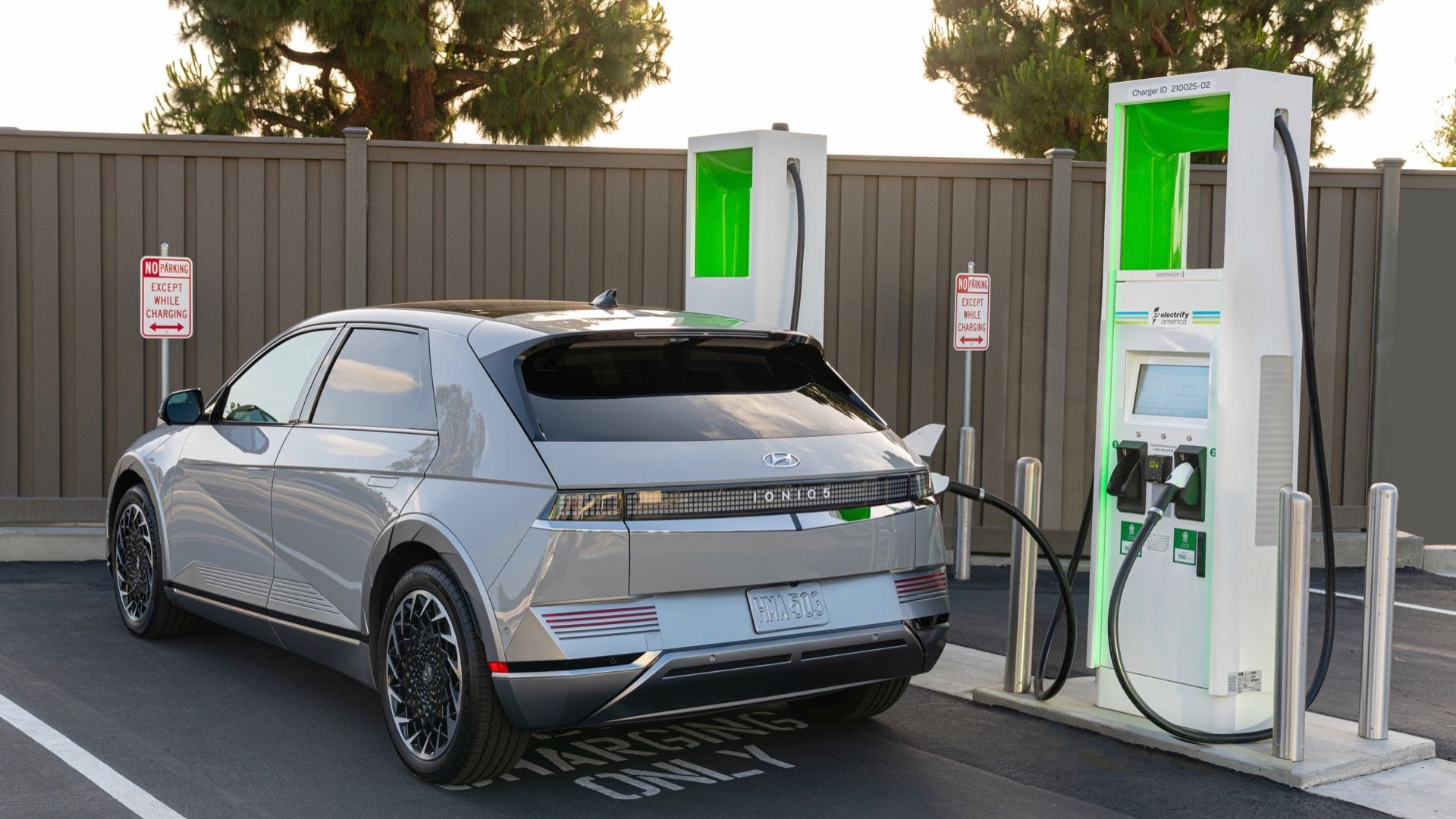The 2017 Chevrolet Bolt EV had a fast and unusual development process.
General Motors partnered closely with Korean electronics firm LG, whose LG Chem subsidiary provided its lithium-ion battery cells.
Other LG units contributed both electric and electronic components and now act as contract manufacturers for significant parts of the car's powertrain.
DON'T MISS: Bolt EV Powertrain: How Did GM And LG Collaborate On Design, Production?
The vehicle itself, however, was architected, designed, styled, tested, and prototyped by GM.
In form, it's a small, tall, five-door that somewhat resembles two other Chevrolet hatchbacks: the Sonic compact and Spark minicar.
Despite what would appear to be much misreporting by industry sources, GM says the Chevy Bolt EV does not share any elements of those vehicles' small-car architecture, which was developed by its Korean small-car team.

2017 Chevrolet Bolt EV, road test, California coastline, Aug 2016
That architecture, known as Gamma, has been through two generations. The Bolt EV is often said to ride on the newest derivative of that architecture, known as G2SC.
In fact, the Bolt EV was even said to have its own project code: G2KCZ. "G2" for Gamma second-generation, "K" for hatchback, "C" for Chevrolet, and "Z" for electric car.
But when we asked GM to confirm that, we got a surprise.
CHECK OUT: 2017 Chevrolet Bolt EV first drive: 240 miles in an electric car
"There are no Bolt EV parts tied to the G2 architecture," said lead product engineer Josh Tavel, via e-mail through GM communications.
We replied by asking what the correct designation for the Bolt EV architecture would be, then.
"That's not something we're sharing right now," replied Liz Winter from the global advanced technology communications group.
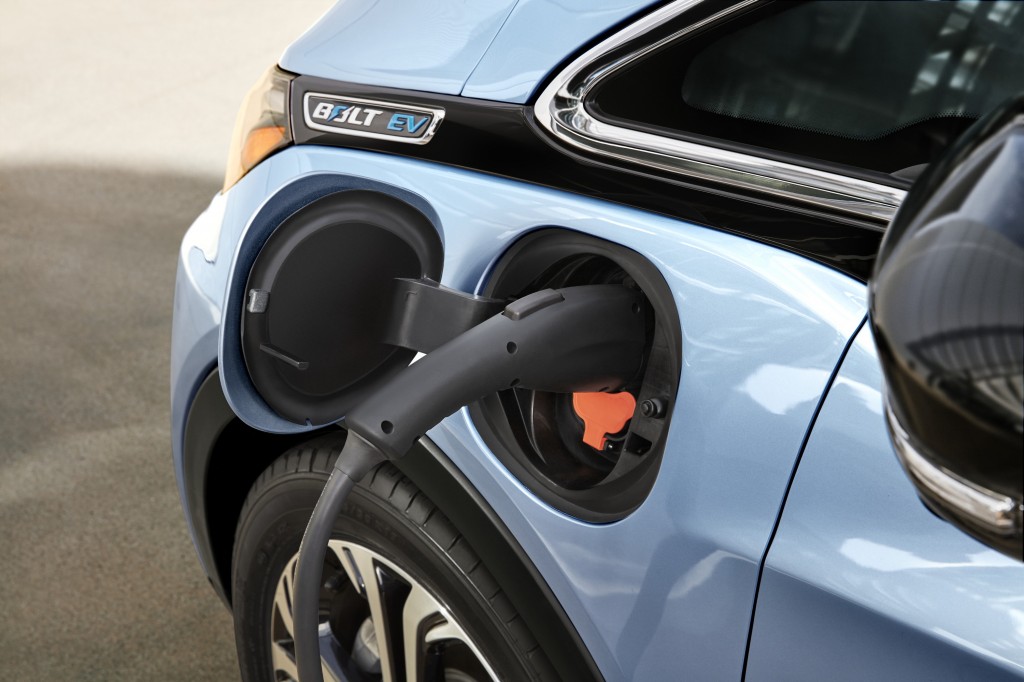
2017 Chevrolet Bolt EV
Once more we replied, in a polite note that translated to, "Really? You won't even say what it's called? Why?"
Virtually within seconds came the response, this time from senior manager Kevin Kelly: "We routinely do not share internal program codes."
So there you have it: GM says the 2017 Bolt EV electric car doesn't use any elements of the latest Gamma small-car architecture—but won't say what it does use.
UPDATE: After this article published, GM's Kevin Kelly gave us the following statement that appears to explain the discrepancy: "The Bolt EV program originated on the Gamma architecture, but then grew into its own architecture—even as it maintained the G2 code."
FOR BACKGROUND: GM States The Obvious: 'The Electric Car Is Not Dead' (Jan 2013)
Rumors that GM would develop a dedicated architecture for future plug-in electric vehicles appeared as early as January 2013.
At that time, though, they were thought to refer to the second-generation Chevy Volt plug-in hybrid.
But the 2016 Volt's underpinnings were actually derived from GM's latest global compact architecture, used for the Cruze sedan and hatchback among other products.
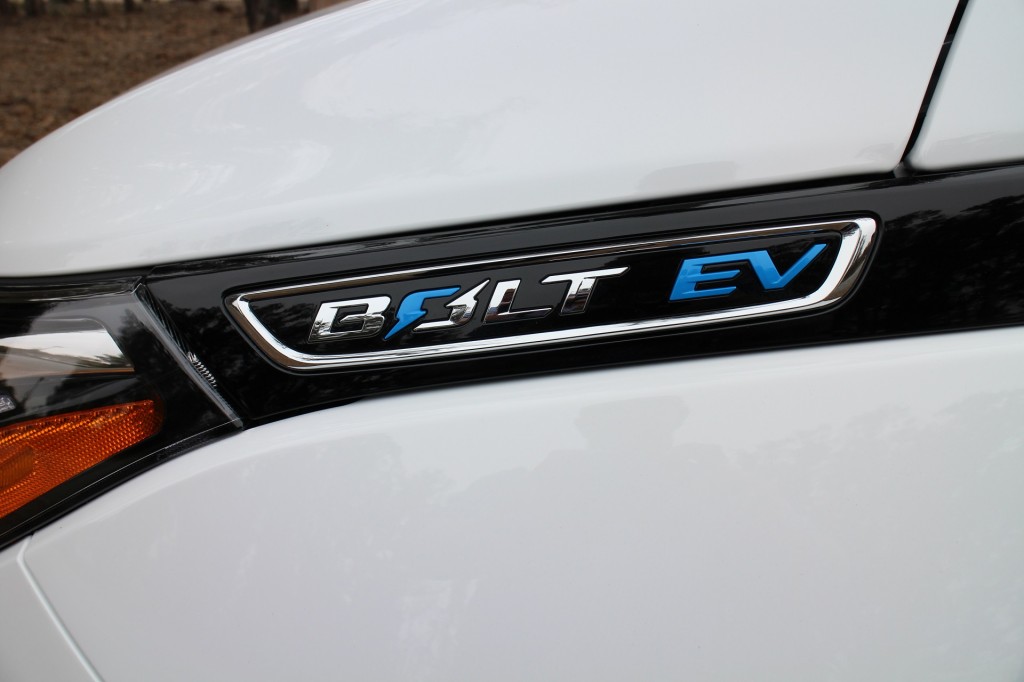
2017 Chevrolet Bolt EV, road test, California coastline, Aug 2016
So we now know that the dedicated architecture was for what became the Chevy Bolt EV, unveiled as a concept at the 2015 Detroit Auto Show and a production model just one year later.
The 2017 Chevrolet Bolt EV will go on sale in limited markets before the end of this year at a price expected to start at $37,500 before incentives.
The EPA has rated its all-electric range at 238 miles.
_______________________________________

